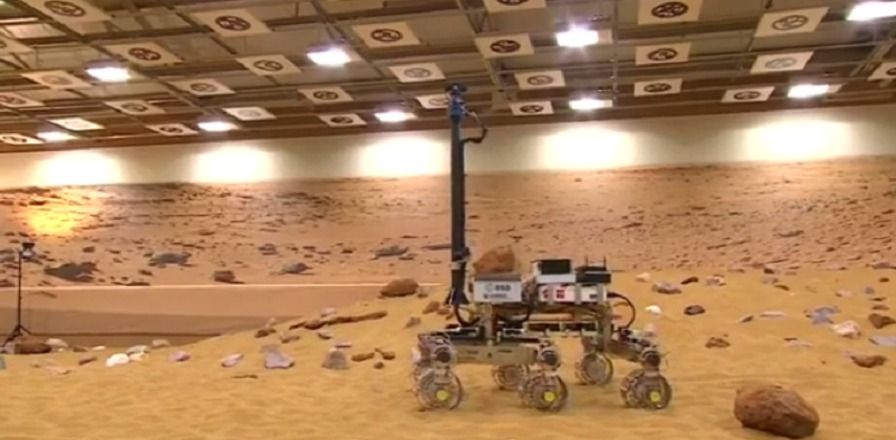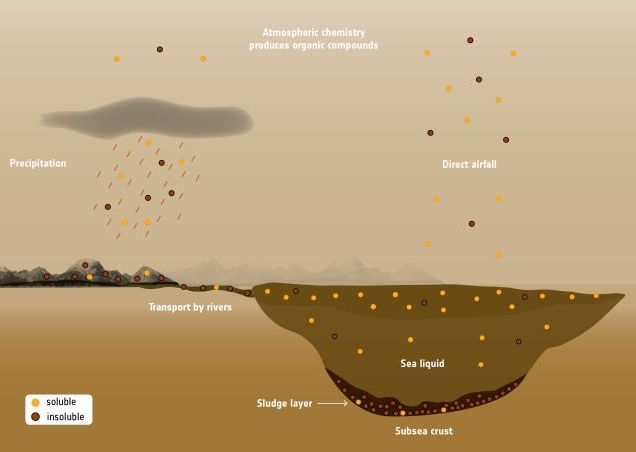The Eta Aquarid meteor shower is tonight, and it’s going to be a spectacular show. Here’s how, when, and where to watch the Eta Aquarids—and why they’ve been so unjustly ignored for so long.
The Eta Aquarids are a late spring meteor shower made up of the icy debris of Halley’s Comet. The comet is actually responsible for two separate meteor showers a year—this one and the Orionids, which occurs in October.
The Orionids are typically overshadowed by the Eta Aquarids, but that shouldn’t be seen as a judgement on the latter’s quality. All it means is that people have been sleeping through a really excellent meteor shower for no good reason. Tonight is your chance to rectify that.
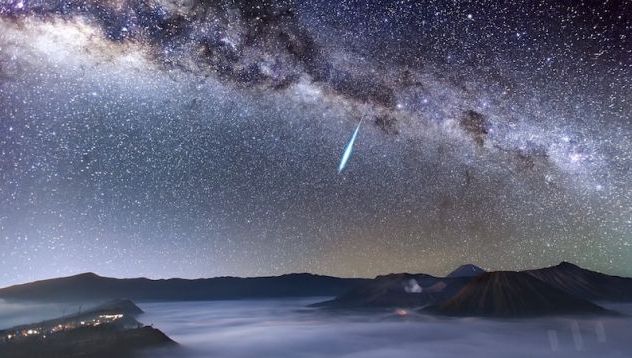
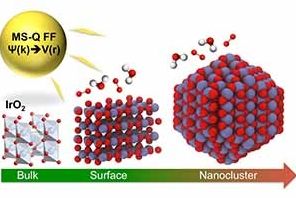
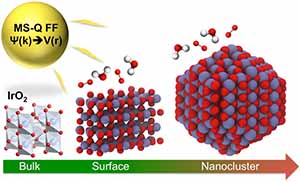
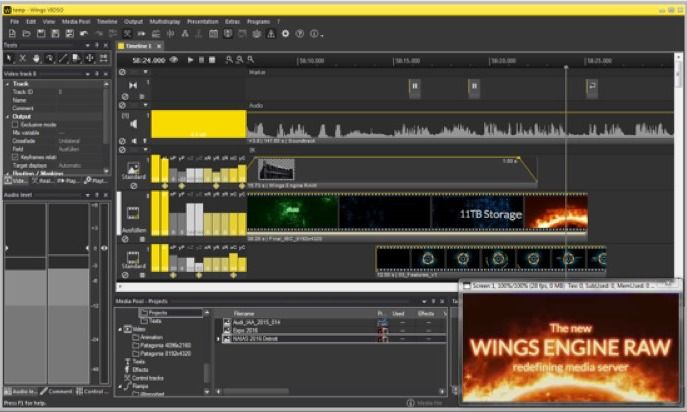

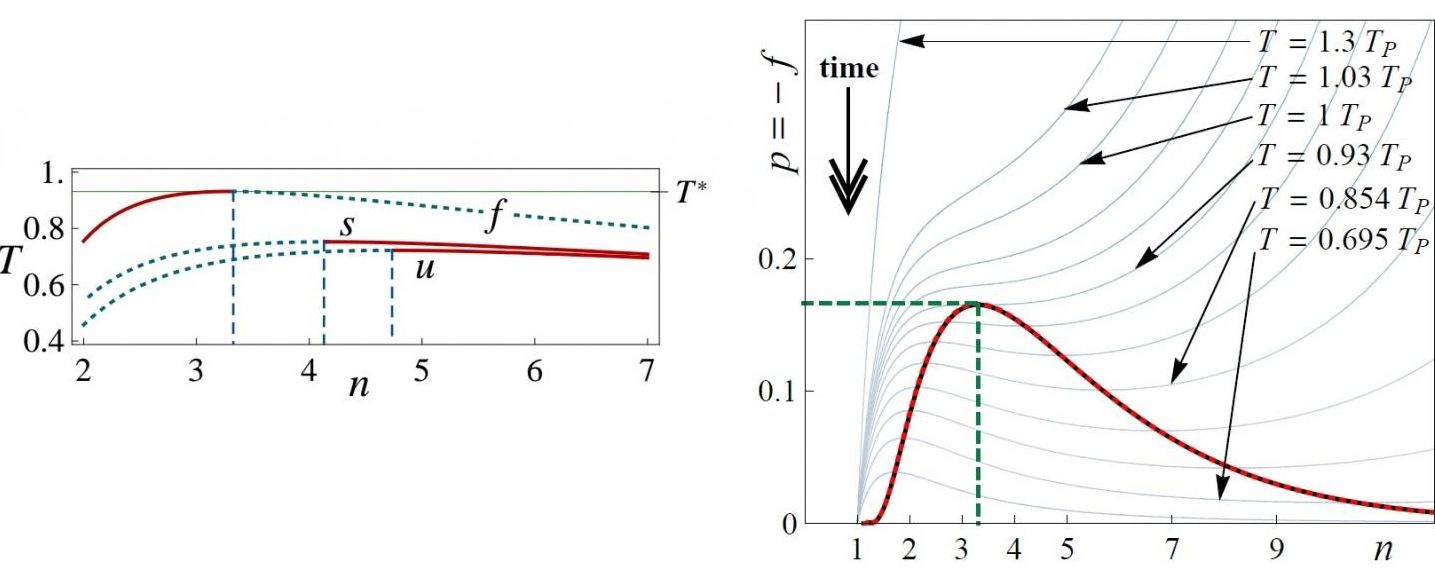


 In.
In.


